From the vibrant red rock canyons to the vast valleys, Arizona harbors a raw and magnificent beauty. Beyond its landscapes, this land preserves the unique culture of the Navajo people, a nation rich in traditions and history. Embark on cultural tours that not only showcase stunning scenery but also immerse you in the life and spirit of the Navajo.
Exploring Navajo Life and Culture
Historians believe the Navajo Native American tribe has long resided in America. Their peaceful existence was disrupted by the arrival of other settlers. In 1864, conflicts with settlers forced the Navajo to leave their homeland. By 1923, the tribal government was established, partly to address American companies’ requests to lease land for oil exploration and to protect the remaining tribal members. The Navajo Nation Reservation was formed and developed, becoming a popular tourist destination in the United States.
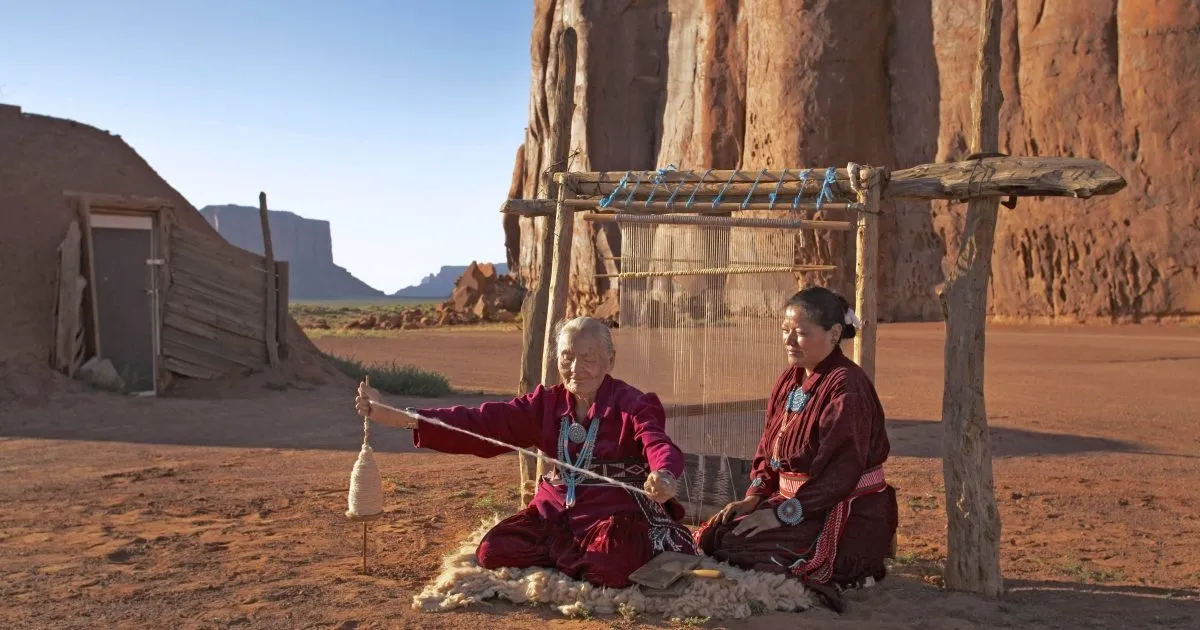
The Navajo tribe lives in homes built with white shells, abalone, turquoise, and obsidian, called Hogans. At dawn or dusk, the house is illuminated by sunlight, standing out against the sky and earth. The exterior architecture of a Navajo house is similar to that of the Pueblo people, but the interior has multiple rooms to prevent outside intrusion.
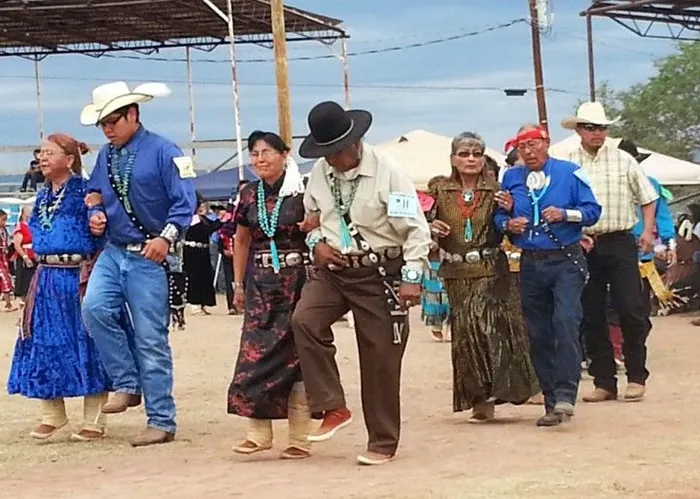
The Navajo believe they passed through three different worlds before arriving on Earth. Holy People taught them how to live in harmony with Mother Earth and how to practice customs in daily life. The Holy People also designated four sacred mountains in four directions: Blanca Peak in the east, Mount Taylor in the south, San Francisco Peaks in the west, and Hesperus Mountain, marking the boundaries of Navajoland.
Their beliefs are particularly unique. There are over 50 types of ceremonies used in Navajo culture, some lasting from a few hours to nine days. The Navajo believe their existence and recognition as a “nation” by the United States are due to their long-held faith in the power of spirits. They also use many traditional ceremonies for prayer and healing.
In terms of lifestyle, the Navajo people emphasize optimism and humor. Therefore, a Navajo baby’s first laugh is a reason for celebration.
Diné Traditional Wedding and Family Values
Although traditional customs of the Navajo tribe are becoming less practiced by younger generations, some couples still observe Diné—a traditional Navajo wedding—based on a legend about White Shell Woman marrying the Sun God and living together in the White World (the West).
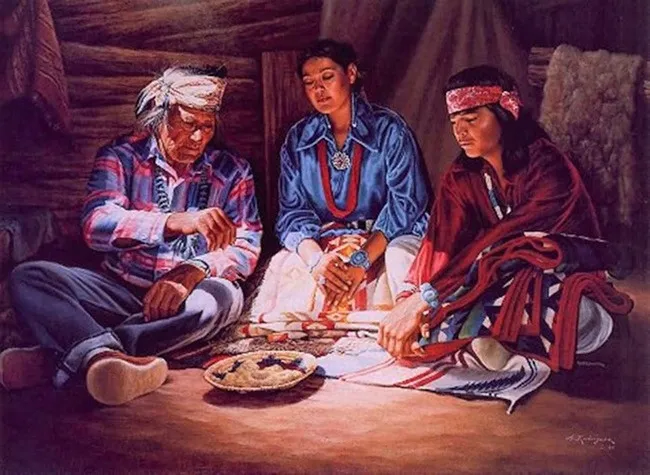
Marriage in the Navajo tribe is often the result of economic arrangements between kinship groups. Monogamy is prevalent, but polygamy was permitted until recently, with an estimated 10% of Navajo men having two or more wives.
However, polygamy existed in the form of wives considering each other as “sisters” sharing a husband. Divorce was historically rare due to tribal tradition disapproval.
Navajo Cultural Tours: Journey to the Sacred Land
Currently, some tour companies offer tours for visitors to explore the magnificent nature and cultural life of the Navajo Native Americans. Popular tourist spots include Canyon de Chelly, Monument Valley, and Antelope Canyon in Arizona, southwestern United States.
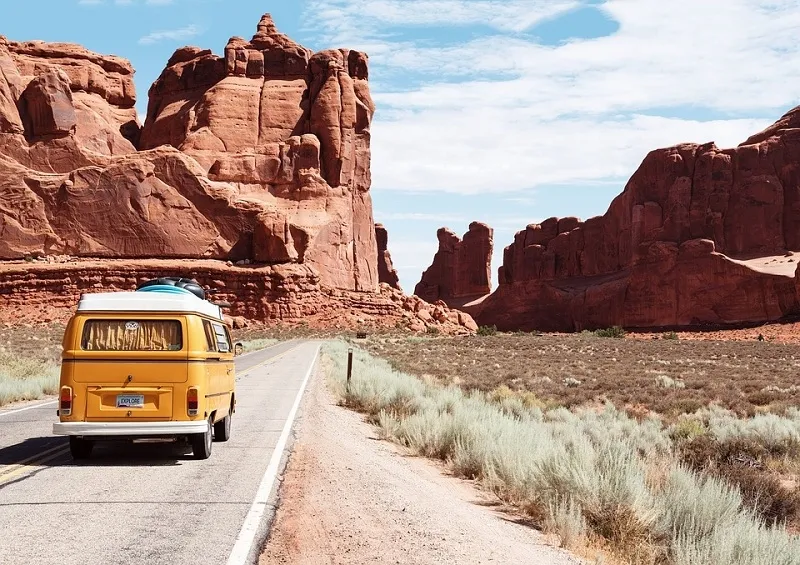
Monument Valley: Monument Valley is a vast area encompassing regions around the Navajo Tribal Park. The Navajo Nation is as large as a national park. The valley is characterized by massive sandstone buttes, rising in various shapes. The largest buttes rise about 1,000 feet (300 meters) above the valley floor. Visitors can pay an access fee and drive through the park on a 17-mile (27 km) dirt road (a 2-3 hour journey). Horseback tours are also available both inside and outside the park in the valley area.
Antelope Canyon: Antelope Canyon is not part of the US National Park system but is managed by the Navajo Nation. It opened to visitors in 1997 when the Navajo Nation was established as a Navajo Tribal Park. It is named Antelope Canyon because many antelopes used to live in this area. This location was featured in the action movie “Broken Arrow” (1996) directed by John Woo and was also the filming location for Britney Spears’ music video “I’m not a girl, not yet a woman.”
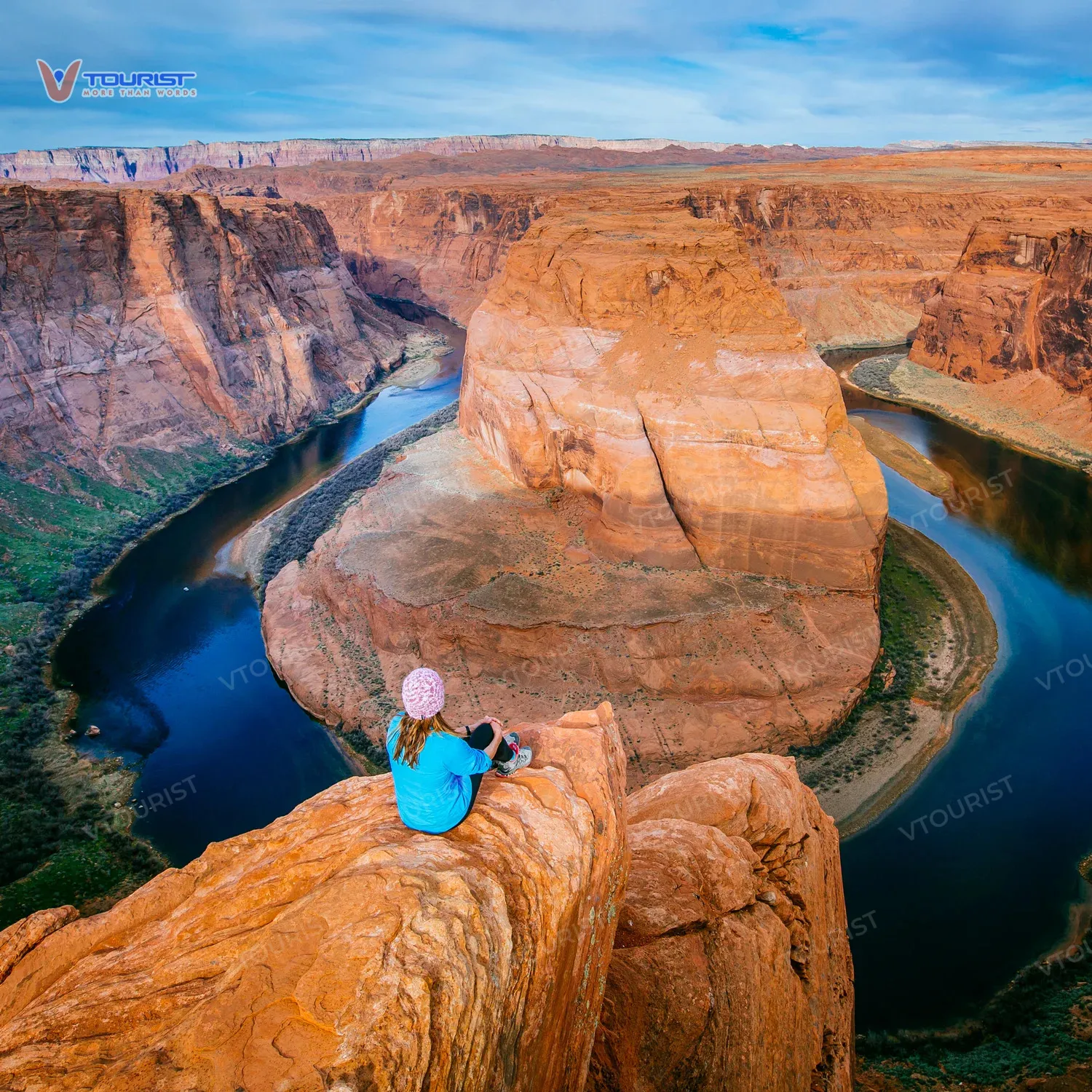
Antelope Canyon is divided into two sections: Upper Antelope and Lower Antelope. Each area has its unique beauty. However, visitors cannot explore this area on their own and must purchase tours from Navajo operators through local tour companies, including transportation and guided tours. This is because the canyon is very narrow, with many dark sections, and without local guidance, visitors could easily fall. Occasionally, the canyon can be flooded by river water or experience flash floods, making it dangerous for solo exploration.
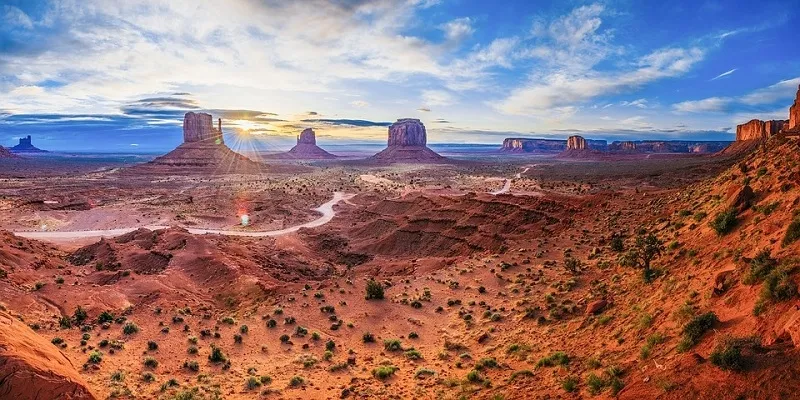
Respecting Local Culture During Your Trip
When visiting and experiencing Navajo culture, always ask for permission before taking photos of individuals. Although the Navajo are cautious of tourists, they will gladly cooperate and be friendly when they realize you are genuinely interested in their culture and way of life.
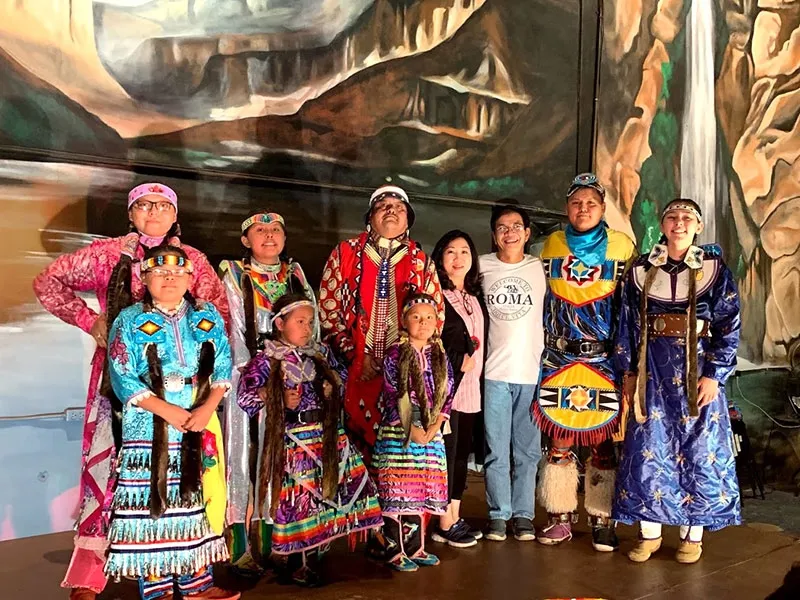
Conclusion
Navajo cultural tours in Arizona are not just about exploring beautiful natural landscapes but also a journey to learn about a long-standing and unique culture. Come to Navajoland, immerse yourself in the life of the native people, and feel the connection between humanity and nature. You are sure to have unforgettable memories and meaningful experiences.